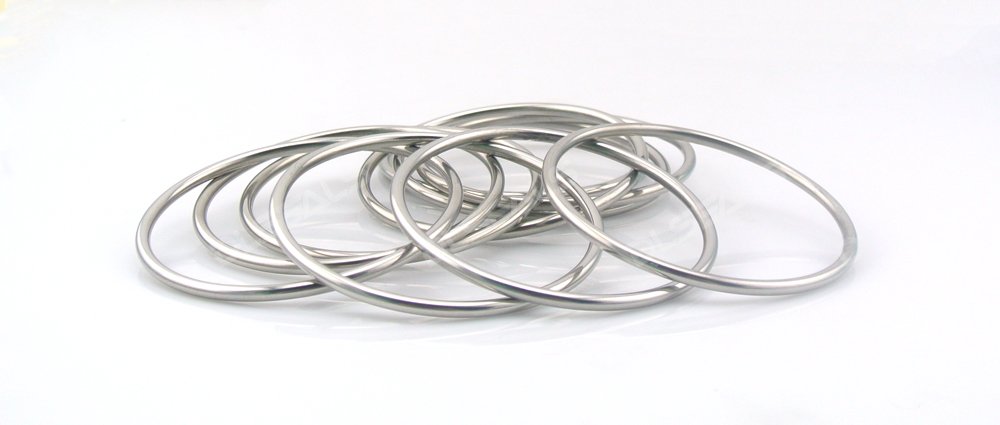When it comes to ensuring reliable sealing solutions in high-pressure, high-temperature, or aggressive environments, metal seals stand out as a preferred choice. Unlike their elastomeric counterparts, metal seals offer superior durability, chemical resistance, and high-temperature stability. In this comprehensive guide, we will explore the different types of metal seals and the manufacturing processes involved, providing insights into their applications and benefits.
Types of Metal Seals
1. Metal O-Rings
Metal O-rings are a staple in sealing technology, offering high strength and excellent sealing performance in extreme conditions. Typically made from stainless steel or other high-strength alloys, metal O-rings are used in applications requiring high pressure and temperature resistance. They are especially effective in aerospace, automotive, and industrial applications where reliability is paramount.
Applications:
Aerospace components
High-pressure hydraulic systems
Turbochargers
2. Metal C-Seals
Metal C-seals, also known as C-rings, are designed for applications where a robust seal is needed with minimal space. Their unique shape allows them to accommodate significant thermal expansion and contraction, making them ideal for dynamic applications.
Applications:
Gas turbines
Automotive engines
Pumps and compressors
3. Metal Ring Gaskets
Metal ring gaskets are used to provide a reliable seal between flanges in high-pressure and high-temperature environments. They are typically made from materials such as graphite, copper, or stainless steel and are available in various shapes and sizes to fit different flange configurations.
Applications:
Flange joints in pipelines
Chemical processing equipment
Heat exchangers
4. Metal Spiral Wound Gaskets
These gaskets are made by winding a metal strip, usually stainless steel, around a filler material such as graphite. The result is a gasket that combines the flexibility of the filler material with the strength of the metal, providing an excellent seal in challenging conditions.
Applications:
High-temperature steam systems
Chemical reactors
Pressure vessels
Manufacturing Processes of Metal Seals
1. Stamping and Die Cutting
Stamping and die cutting are commonly used for producing metal seals, especially for large quantities. This process involves pressing a metal sheet into a die to cut out the desired shape. It is efficient for creating seals with precise dimensions and consistent quality.
Advantages:
High production rates
Cost-effective for large volumes
Precise and consistent dimensions
2. Machining
Machining involves removing material from a metal workpiece to create the final shape of the seal. This process is suitable for producing seals with intricate designs or those that require high precision. Machining can be performed using CNC (Computer Numerical Control) machines for enhanced accuracy.
Advantages:
High precision and flexibility
Suitable for complex shapes
Capable of producing small quantities
3. Forging
Forging involves shaping metal seals through compressive forces applied at high temperatures. This process enhances the material’s mechanical properties, making forged seals particularly strong and durable. Forging is often used for applications requiring high load-bearing capacities.
Advantages:
Enhanced material properties
High strength and durability
Suitable for high-load applications
4. Welding and Joining
For some metal seals, welding or other joining techniques are used to assemble components or create custom designs. Welding provides a strong bond between metal parts, ensuring a leak-proof seal. This method is commonly used for specialized applications or custom-made seals.
Advantages:
Strong and reliable joints
Customizable designs
Suitable for unique or specialized applications
Conclusion
Metal seals are an essential component in many high-performance and high-pressure applications, offering durability, resistance, and reliability. Understanding the different types of metal seals and the manufacturing processes involved helps in selecting the right seal for your specific needs. Whether you require a metal O-ring for aerospace applications or a spiral wound gasket for a chemical reactor, the choice of metal seal and its manufacturing process will play a critical role in ensuring the longevity and effectiveness of your sealing solution.
For more information on metal seals and their applications, or to get expert advice on choosing the right seal for your needs, contact our team of professionals today.
Post time: Jul-30-2024

